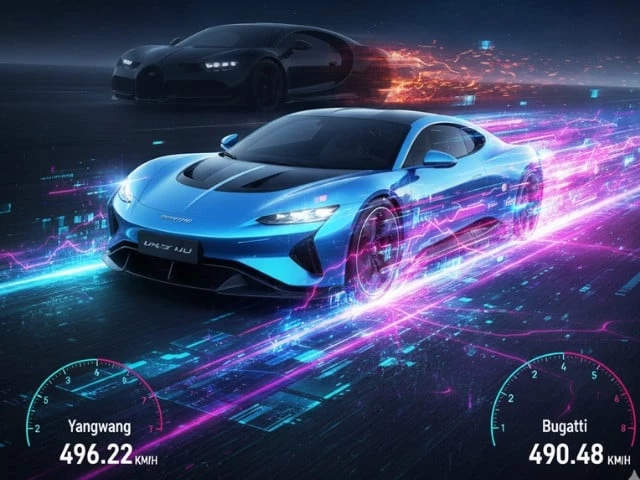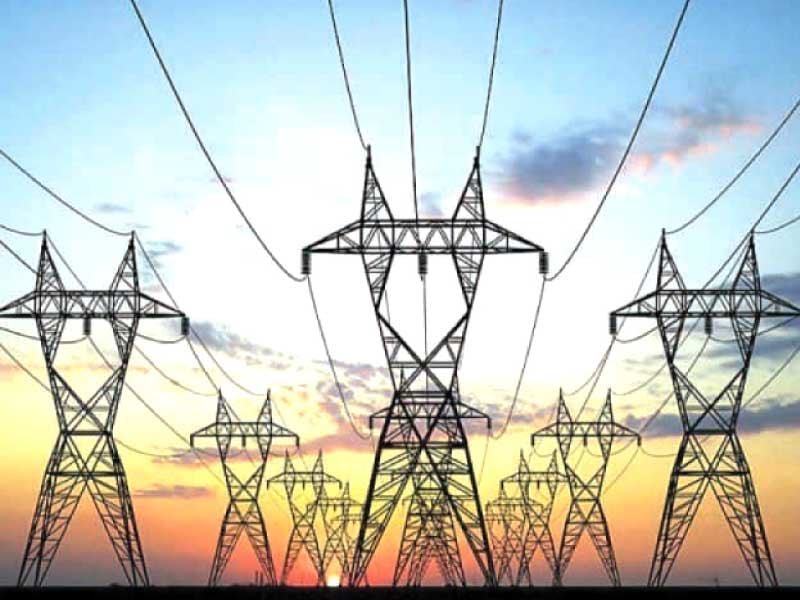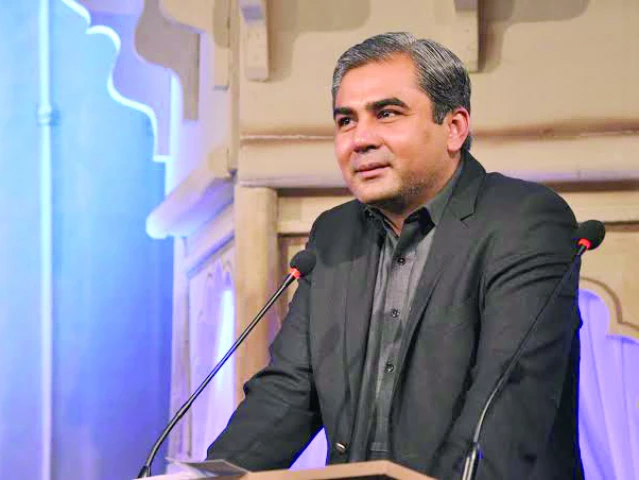The Rise of Electric Hypercars: BYD’s Yangwang U9 Xtreme Takes the Crown
In the fast-paced world of automotive engineering, headlines often blur together, but the recent achievements of BYD’s luxury sub-brand, Yangwang, set a new benchmark. The U9 Xtreme hypercar clocked an impressive speed of 496.22 km/h (308.4 mph) at Germany’s ATP Papenburg test track, surpassing Bugatti’s famous Chiron Super Sport 300+, which previously held the record at 490.48 km/h (304.77 mph). Driven by racing expert Marc Basseng, this feat not only highlights the power of electric vehicles but also marks a significant shift in the automotive landscape.
For over two decades, Bugatti has been synonymous with speed and high-performance engineering. Their quad-turbo, 8.0-liter W16 engine is a masterpiece of combustion tech. In contrast, the Yangwang U9 Xtreme is a fully electric hypercar, showcasing how advancements in battery technology and software are reshaping what performance looks like. BYD’s investment in blade battery chemistry and the innovative DiSus-X body control software – which optimizes suspension and aerodynamics at remarkable speeds – illustrates a new frontier in automotive design.
This milestone isn’t just about speed; it symbolizes a transformation in global innovation. China, which has increasingly dominated mass-market electric vehicle adoption, is now laying claim to the hypercar crown. This challenges Europe not only on the technological front but on a cultural level. Bugatti has built its reputation on speed and luxury. Seeing that crown move to a Chinese EV brand is a striking reminder of how quickly technology can reorder prestige.
However, it’s essential to approach this record with context. The U9 Xtreme’s speed was achieved in a single one-way run, a crucial detail since official bodies often require a two-way average for certification. And with only 30 units set to be produced, the U9 Xtreme is more of a showcase than a mass-market vehicle.
Still, an electric hypercar from Shenzhen has officially outpaced Bugatti on their own turf. This isn’t merely a contest of horsepower; it’s a battle of algorithms and battery systems redefining performance metrics.
As we contemplate the future, one pressing question arises: will we see the decline of combustion-driven supercars sooner than expected? BYD’s achievement is more than a milestone; it suggests a broader shift toward innovation where technology takes precedence over tradition. The future of speed and mobility may very well hinge on advancements in Chinese battery and software technology.
Whether you’re an automotive enthusiast, a tech buff, or just curious about the future of transportation, keeping an eye on such developments is paramount. For those interested in exploring the intersection of technology and mobility further, connect with us at Pro21st. Let’s engage in the conversation about the future of speed together!





